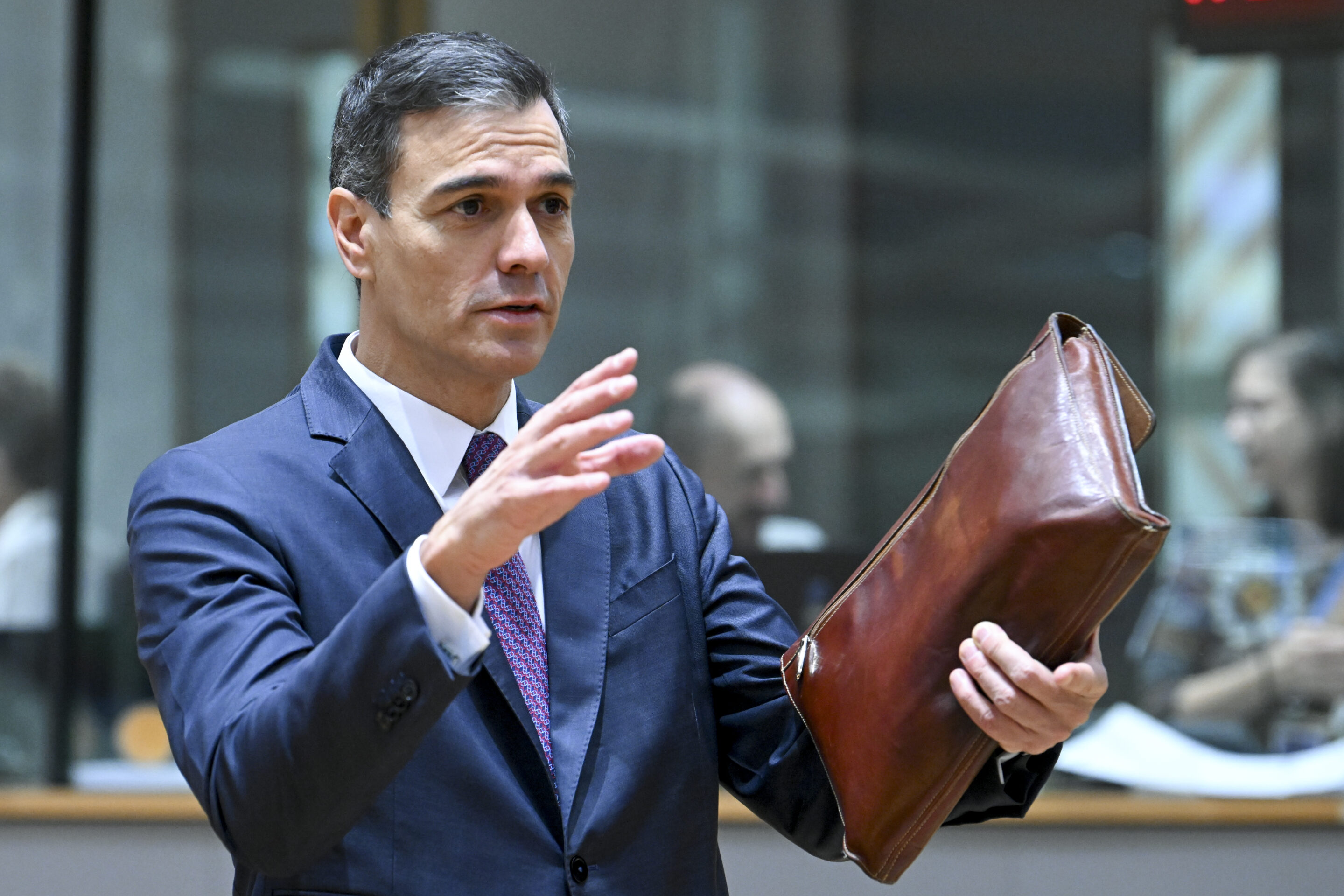Spain has gradually established itself as arguably Europe’s primary climate champion and a new government-backed plan to boost the clean energy economy even further is only burnishing its green credentials.
At the beginning of the millennium it was France, Germany and the United Kingdom duking it out to be in the vanguard of the energy transition. France trumpeted its long-established nuclear fleet, while Germany and the UK started to double down on wind power.
In the years since, France has failed to build on its atomic baseload with renewables, while Germany has struggled to rid itself of coal and has built up an unhealthy gas dependency. The UK has stagnated thanks to onshore wind bans and home renovation policy cuts.
Other countries like the Netherlands and the Nordic nations have attempted to lead the way as well but have at times come up short thanks to their own failings and shortcomings on green policies.
No one has managed to grab the climate bull by the horns. Until maybe now.
Spain has slowly but surely manoeuvred itself into a strong position in the energy transition. The main proof of that was last week’s announcement that Teresa Ribera, a government minister, will be in charge of the European Commission’s decarbonisation drive.
Ribera will be an executive vice-president in the Commission – if approved by the European Parliament in the coming weeks – and is arguably Spain’s most powerful EU appointment since Manuel Marin briefly served as president of the institution in the late 1990s.
Not only will Ribera oversee everything climate and energy, she will also be in charge of the influential competition department. For the first time, the task of approving and rejecting mergers, investigating antitrust cases and evaluating state aid decisions will be firmly integrated with green policies.
It makes a lot of sense, given the amount of investment that will have to be funnelled into the energy transition in the coming years. The two aspects of Ribera’s job make perfect coherent sense.
Ribera will likely attempt to deploy Spain’s way of thinking across Europe, as the Iberian nation is making big strides forward in its clean energy planning.
Plan for the future
Earlier this week, Spain’s government approved an updated version of the climate and energy plan that will govern policymaking up until 2030. Each EU country has to submit one of these plans so that the Commission can make sure targets are achievable.
Spain’s original version said it would slash greenhouse gas emissions by 23% by 2030 but in the updated plan now adopted by the government, that figure rose to 32%. The increase is designed to help Spain get on a net zero pathway.
To reduce fossil fuel use but keep up with energy demand, which is expected to grow rapidly in the coming years, Spain will aim to make sure nearly half of all energy use comes from renewable sources.
In the power sector in particular, the ambition is higher: 81% of electrons will have to be sourced from water, air and the sun’s rays. Energy efficiency targets will be set at 43%.
More than €300 billion are expected to be invested over the next six years and the Spanish government predicts that GDP will increase by more than 3% during that time and more than half a million jobs will be created.
Many of those jobs could be in Spain’s nascent hydrogen production industry, which has also been boosted in the new version of the energy plan. By 2030, the government wants 12 gigawatts of clean hydrogen production online.
Green hydrogen – which is produced using renewable electricity – is seen as crucial for industrial decarbonisation, as it can replace fossil fuels in manufacturing processes that are hard to clean up with electrons.
Most European countries aim to utilise hydrogen and a fair few expect to produce some of their own, but nobody has yet established themselves as the main shop in the market. This is where Spain is aiming to lead the pack.
Big subsidy schemes for companies have already been announced and transportation infrastructure is already being planned and even built. The wheels are very much in motion.
The country’s geographical location on the edge of Europe is a double-edged sword. On the one hand, it cannot rely on a plumb central location like Germany, yet on the other it has plenty of ports that could be export hubs.
Time will tell whether Spain can continue building out renewables at such a fast rate, whether fossil fuels can be reduced at an even faster pace and if new technologies like hydrogen can scale economically.
Thankfully for Spain, it will have a well-placed champion at the top of the EU machine to help it realise its goals.
Want more updates and analysis of what is happening in the world of energy and climate? Interested in finding a job in the sector or more information about public tenders? Sign up to our Energy Rundown newsletter here!

